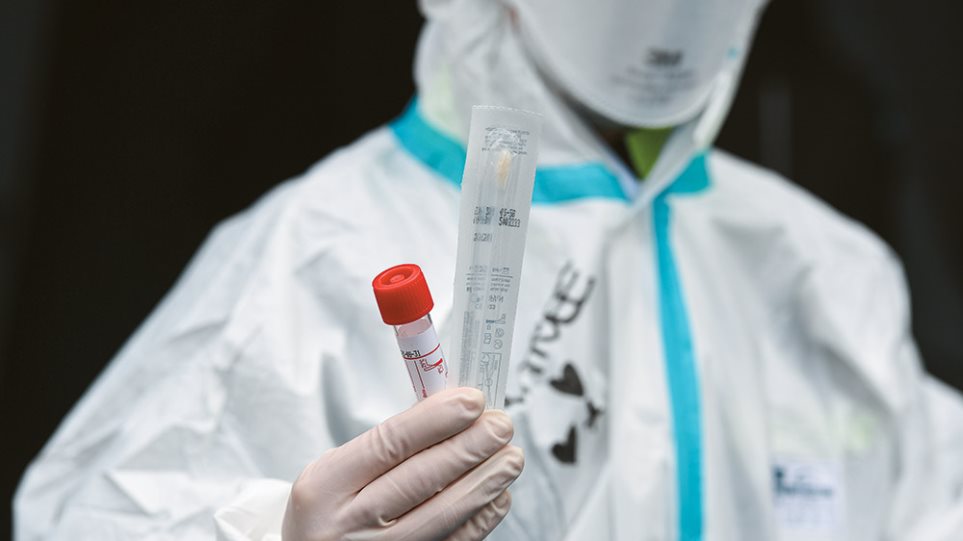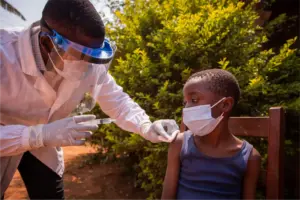
As winter tightens its grip on the Northern Hemisphere, an expected seasonal uptick in acute respiratory infections—including influenza, respiratory syncytial virus (RSV), and human metapneumovirus (HMPV)—is being reported across multiple regions. Countries in Europe, Asia, and North America are seeing elevated cases of influenza-like illness (ILI) and acute respiratory infections (ARI), in line with historical trends.
Respiratory Virus Trends Across Regions
While RSV cases show a decline in many parts of the world, North America is experiencing a localized spike. Meanwhile, HMPV detections have gained attention, particularly in China. Despite initial concerns about healthcare system strain, Chinese health authorities have confirmed that the situation remains well within seasonal expectations, requiring no emergency measures.
The World Health Organization (WHO) reports that influenza continues to be the leading respiratory pathogen in China, followed by rhinovirus, RSV, and HMPV. Additionally, while severe COVID-19 cases linked to the XDV variant have been recorded, overall SARS-CoV-2 activity remains at low levels globally.
WHO Calls for Vigilance and Preparedness
The WHO stresses that this co-circulation of respiratory viruses highlights the critical need for resilient healthcare systems and integrated surveillance. Governments are encouraged to maintain robust tracking mechanisms to mitigate the impact of these seasonal surges.
Preventive Measures for the Public
To minimize risks during the respiratory virus season, WHO recommends:
Staying home if you exhibit symptoms to curb the spread of infections.
Wearing masks in crowded or poorly ventilated areas.
Practicing regular hand hygiene and maintaining proper cough etiquette.








